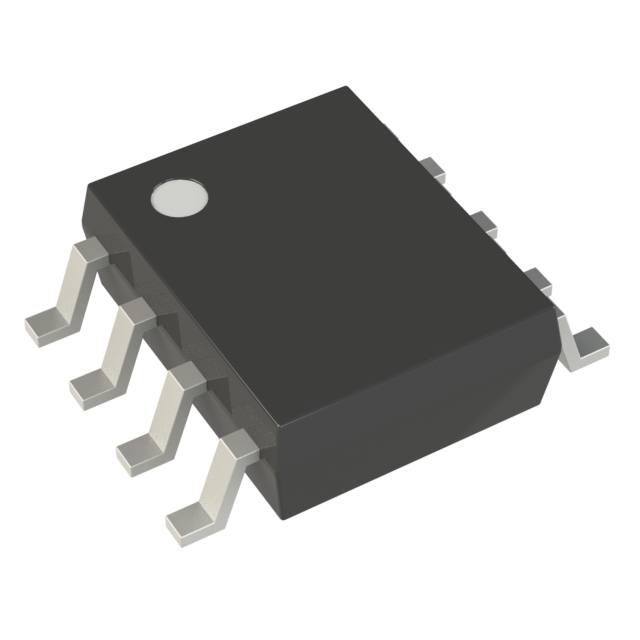- Online chat

M24C02-WMN6TP
Brand:ST
Package:---
Category:Integrated Circuits (ICs)
D/C:within 3 years
MOQ:
Datasheet:---
In-Stock:6565
QUANTITY
Product Attributes
Mfr
STMicroelectronics
Series
-
Memory Type
Non-Volatile
Memory Format
EEPROM
Technology
EEPROM
Memory Size
2Kbit
Memory Organization
256 x 8
Memory Interface
I2C
Clock Frequency
400 kHz
Write Cycle Time - Word, Page
5ms
Access Time
900 ns
Voltage - Supply
2.5V ~ 5.5V
Operating Temperature
-40°C ~ 85°C (TA)
Mounting Type
Surface Mount
Product Description
The M24C02-WMN6TP is a high-performance EEPROM (Electrically Erasable Programmable Read-Only Memory) introduced by STMicroelectronics.
General Features
- Memory Capacity: It has a storage capacity of 2 Kbit, organized as 256×8 bits, which is suitable for storing various types of data such as user settings and configuration information.
- Interface Type: It adopts the I2C interface for data transmission, which simplifies the connection with microcontrollers and other digital circuits, reduces the complexity of system design, and improves overall performance. The device is compatible with I2C bus modes including 400 kHz (fast mode) and 100 kHz (standard mode).
- Power Supply Voltage: The supply voltage ranges from 2.5V to 5.5V, enabling stable operation in low-power consumption environments and meeting the needs of modern electronic devices.
- Operating Temperature Range: The wide operating temperature range is from -40°C to +85°C, making it suitable for a variety of industrial and consumer electronics applications.
- Package Type: It comes in a SOIC-8 package, which is compact and easy to integrate into various electronic devices.
Performance Characteristics
- Write and Read Cycles: The byte and page write cycle time is typically within 5 ms, and the read cycle is usually 1 ms. The maximum random access time is 900 ns.
- Data Retention: It can maintain data for more than 200 years, ensuring the security and reliability of important data.
- Write Cycles: It can endure more than 4 million write cycles, featuring high durability and reliability.
- ESD/Latch-up Protection: It has enhanced ESD (Electrostatic Discharge) and latch-up protection, improving the device's stability and reliability in practical applications.
Applications
- Consumer Electronics: It is used in smart home devices, wearable devices and other personal electronic products to store user settings, configuration data and other necessary information, enhancing the user experience.
- Industrial Control: In automation equipment and industrial control systems, it can store device parameters, calibration data, etc., ensuring the stability and reliability of equipment under various working conditions.
- Communication Equipment: In network devices, it can store network configurations, user information, etc., enhancing device flexibility and ease of use.
- Medical Equipment: In medical monitoring equipment, it can store patient data, device status, etc., ensuring data persistence and security.
- Automotive Electronics: In automotive electronic systems, it can store the configuration information and fault records of vehicle-mounted devices, improving system reliability and safety.
You may also be interested in the following products

正品保证
genuine product guarantee

一站式采购
one-stop shopping

海量现货
Large spot inventory

